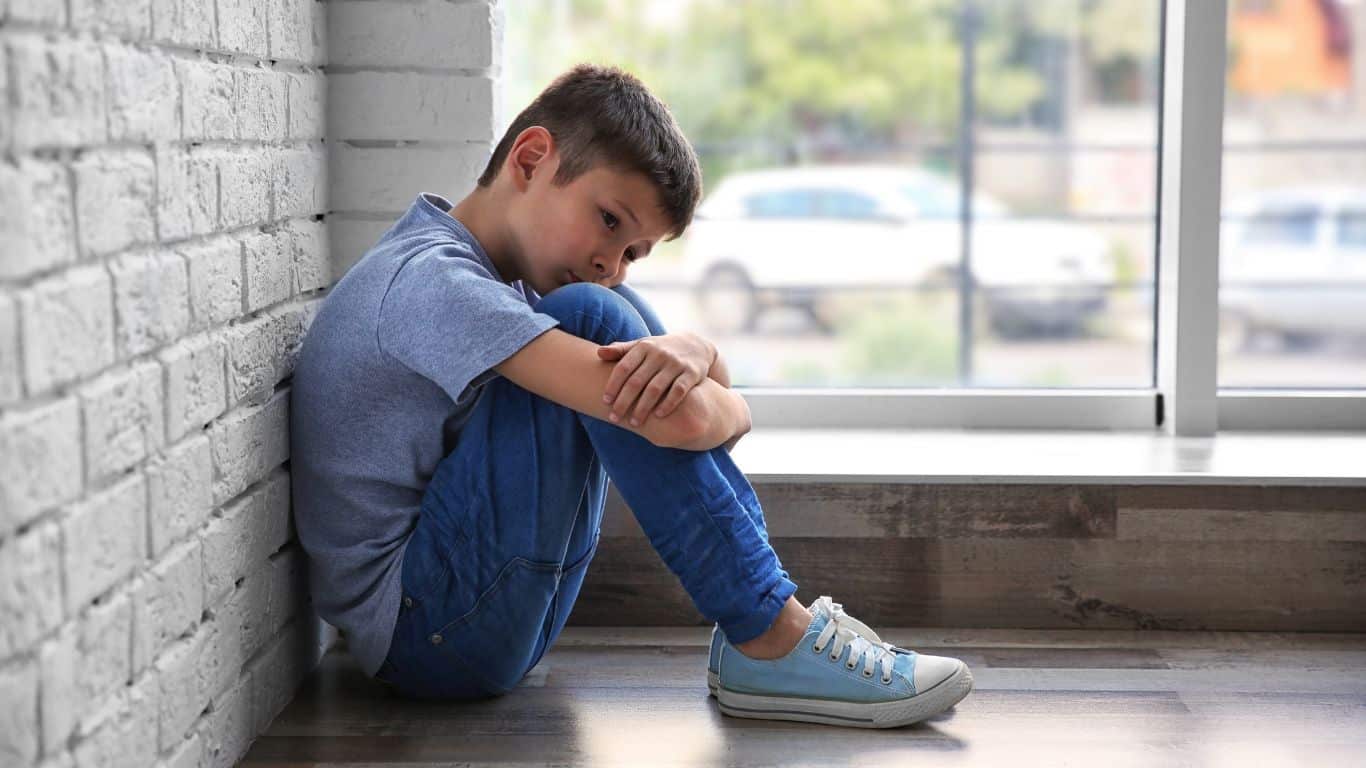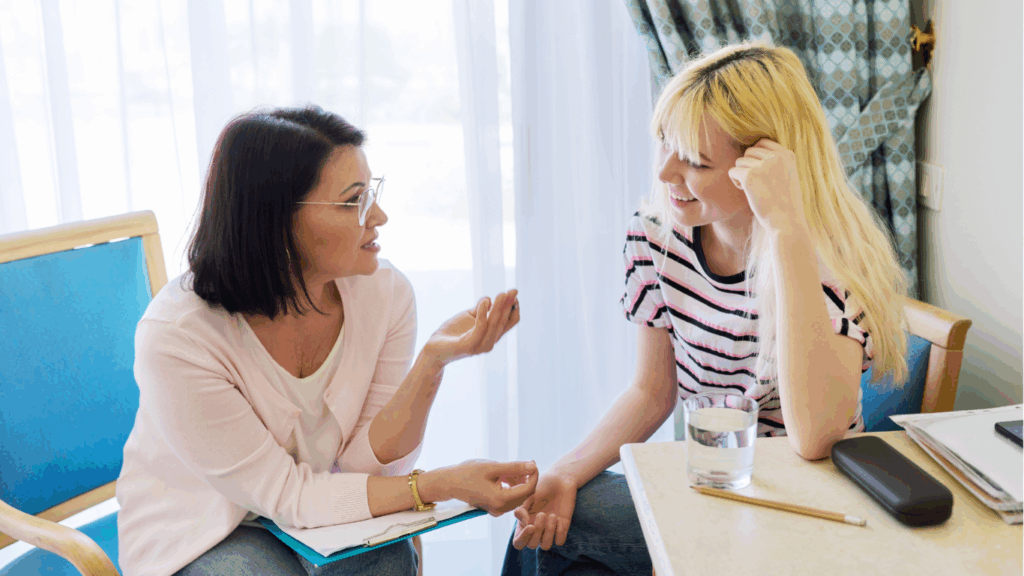When a seven-year-old boy, adopted by an American family, was returned to Moscow with a note explaining that his new family no longer wanted him, there was universal outrage.
According to the adoptive grandmother, the family was unaware of the behavioural challenges the young boy had, and they became overwhelmed with fear after he openly fantasized about burning down the family home.
This case is one of a series of several highprofile cases of murder or neglect of around 17 Russian children adopted by US citizens over recent years. Though all horrific, to put them in context, more than 50,000 Russian children have been adopted by US citizens since 1991. The overwhelming majority of international adoptions from Russia are positive for both children and parents.
Best intentions
The family that adopted the young Russian boy were, no doubt, sure that they wanted to make him part of their family. Their decision to return him, though seemingly callous in the extreme, would not have been taken lightly. There is little doubt that the family were devastated by the events leading up to the “abandonment” and by the decision itself.
This sorry episode in international adoption is a salutary reminder of several things.
No room for naïvety
Adopting any older child who has experienced abuse, neglect and loss, is a special needs adoption (no matter how positive physician, school, or orphanage reports on the child may be), and parents must assume that it could take considerable time before the child learns to attach and transition into a family and that this process can be extremely long and hard for all concerned— feelings of extreme stress, frustration and disappointment are normal. When a child comes to a new home, without the language of his or her new country, it adds an extra layer of difficulty.
Adoption and fostering expert Dr Richard Delaney insists that all moves for a child should be considered a disruption and that “all disruptions are equal,” even if the adults assume that an adoption can only be a positive move—a child won’t necessarily experience or see it differently from any other time he or she was uprooted from places or people—even from people who were harmful to the child.
Severe reactions
When a child arrives in a home, his or her behaviour will often deteriorate significantly. As adoption expert Maris H. Blechner explains, frightening and challenging behaviour in newly adopted children is actually the child finally being in a safe enough position to express their often hidden feelings of anger, loss, and abandonment. Blechner emphasizes that the worst thing a parent can do when a child’s behaviour is particularly awful is to blame the child—even though it’s an understandable reaction (this doesn’t mean that parents shouldn’t deal with the behaviour). One of Blechner’s strongest messages is that when a child is inducing the same feelings in his or her new parents as he or she has experienced, this is not a sign that an adoption is failing—it means it’s beginning to work.
Adam Pertman, Director of the US Adoption Institute commented on this sad case: “You can not live in an institution for years and suffer no consequences. The answer lies with foreign countries minimizing damaging environments for the children and US adoption agencies doing a better job of vetting and educating potential adoptive parents.” He added, ”You need help if you’re having problems. There is this weird lingering myth that love will conquer all. Guess what, it doesn’t in biological families and it doesn’t in adopted families.”
A home in Russia
Media reports from Russia indicate that the boy may now be adopted by a family who have already adopted two children from orphanages. If that is the case, it is to be hoped that the young boy will finally have been found the right place for him to grow, recover, and thrive.





